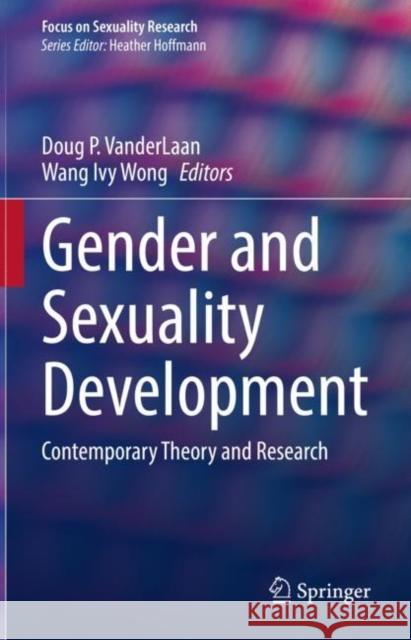Gender and Sexuality Development: Contemporary Theory and Research » książka
topmenu
Gender and Sexuality Development: Contemporary Theory and Research
ISBN-13: 9783030842727 / Angielski / Twarda / 2022 / 990 str.
Kategorie:
Kategorie BISAC:
Wydawca:
Springer
Seria wydawnicza:
Język:
Angielski
ISBN-13:
9783030842727
Rok wydania:
2022
Wydanie:
2021
Numer serii:
000454863
Ilość stron:
990
Oprawa:
Twarda
Wolumenów:
01
Dodatkowe informacje:
Wydanie ilustrowane











